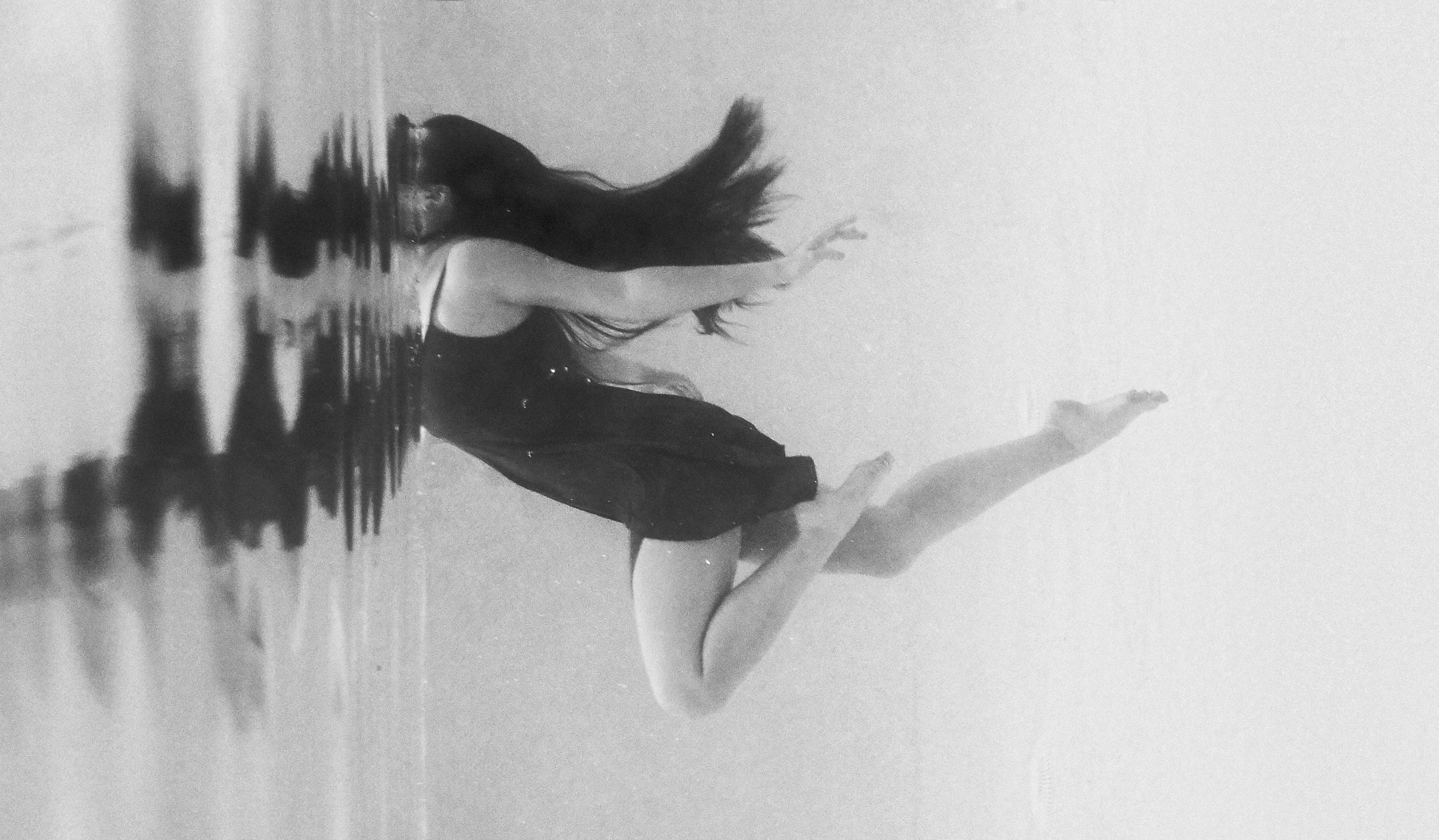
Reveal the mystery of antique jewelry and real estate with its sinister, illuminating air of the past
Antique and antique jewelry, also known as advantageous, changes with the times, and each era has many designs. When you’re looking for real estate sales, whether online or in person at stores, auctions or shows, you’ll find yourself surrounded by the unmistakable air of the past. Those were the times of long, puffy skirts, lace collars, horses and carriages and ladies, arm in arm with gentlemen who strolled through the park seduced by social conversations. Since the beginning of time, jewelry has played an important role in human life. Starting with branches, feathers, stones, etc., primitive people used nature to decorate their bodies. And it wasn’t much different in the later days of ancient jewelry, when metals, precious stones, and skill turned primitive pieces into the most elaborate.
Beginning with the Georgian period from 1714 to 1837, jewelry was definitely inspired by nature with leaves or birds and often set with precious stones. Diamonds, faceted with a rose cut, were affordable and worn only by the wealthy and royalty. Popular jewelry was a lock of a loved one’s hair between two pieces of glass or a painted picture hung from a chain at the neckline. However, today Georgian antiques are very rare and therefore highly collectible.
Then there were three Victorian segments. Starting with the first jewelry from the Victorian era, from 1837 to 1850, where again the designs were inspired by nature and romance, with detailed engravings and precious stones. Today, estate sales feature pins, brogues, and medallions from that period.
The mid-Victorian era, from which much antique and property jewelry is found, was called the era of great jewelry. It began in 1860 and lasted until 1880 and was shaken by the death of Queen Victoria’s husband. Pieces from this period are gloomy and dark, solemn looking but highly creative. Various dark gemstones such as onyx, garnet or amethyst were used.
The late Victorian or aesthetic (visual) period began around 1885 to 1900. These antiques consist of hat pins, stars and crescents, set with brilliantly colored diamonds and gemstones, as well as feminine designs that were implemented into jewelry.
The period from 1901 to 1910 was called Edwardian, named after Prince Edward, who took the throne after the death of his mother, Queen Victoria. From those times you will find vintage jewelry with elaborate designs. Rings, for example, were made of yellow gold and platinum, often embellished with diamonds and other precious stones such as emeralds, sapphires, or rubies with delicate lace-like filigrees.
Around 1920 to 1930, geometric designs, rich colors, enamels, and sharp lines replaced the romantic curves in antique and vintage jewelry of earlier periods. Women boasted of wearing many bracelets at once, glass beads and amber in long necklaces were popular, as were chokers. This era is called Art Deco and was inspired by Egyptian, African and Japanese cultures.
In the 1930s to 1940s, for example, a white and yellow gold ring was made with elaborate engravings on the sides of the shank with various geometric shapes of ornaments and additional enamels. In vintage engagement rings, you’ll find that diamonds, which take center stage, were set in a square white gold case to enhance the size and color of the diamond. Today you can also find many old and property amulets from that period.
Retro or modern culture jewelry ranging from 1935 to 1950 was inspired by Hollywood. Presumably considered to be the last part of the ancient era, it was also the period of World War II. Platinum was not available and yellow gold ruled the jewelry market. Synthetic and semi-precious stones were subsidized by genuine gemstones, since wartime did not allow for much luxury. For the first time aluminum and plastic were introduced. Beautiful, daring and complex with large or many stones, would be the description of the designs in that age of ancient and stately jewelry.